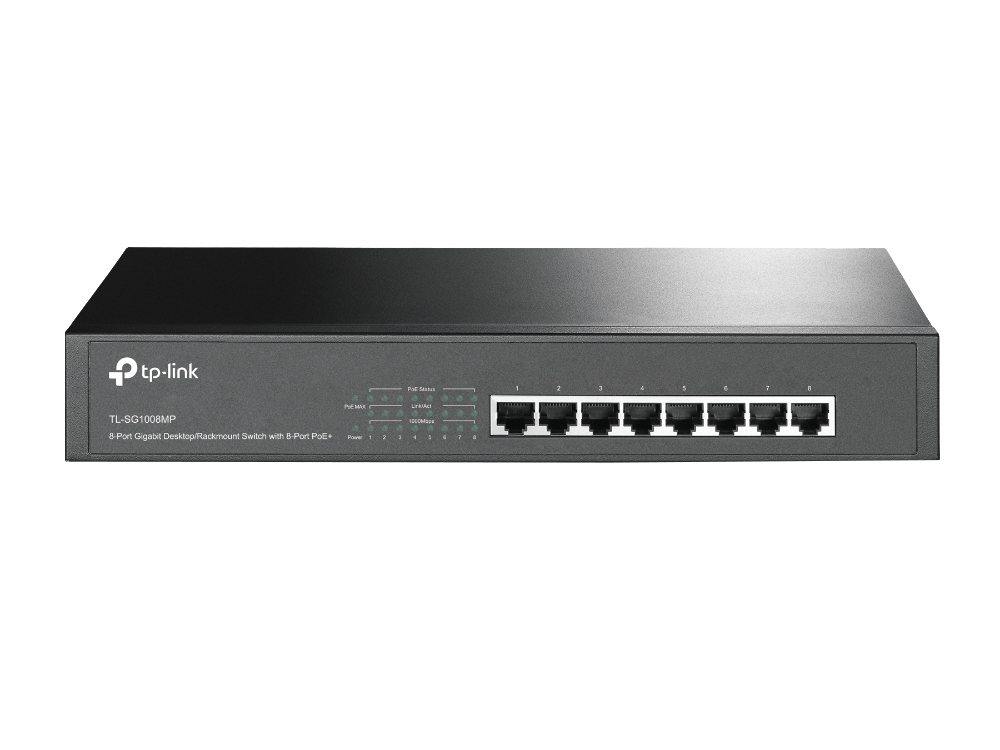
Network Switches
The range of network switches is designed to handle the data demands of modern wired environments. From compact desktop units to rackmountable chassis, the selection offers solutions for residential users, IT administrators, and system builders who prioritise speed, reliability, and traffic control.
The collection includes unmanaged gigabit switches that require no configuration, ideal for users looking for stable plug-and-play expansion. For more advanced requirements, managed models offer features such as VLAN support, link aggregation, traffic shaping, and diagnostic tools, allowing for precise control over network architecture and performance.
PoE and PoE+ models support power delivery over Ethernet, streamlining installations where separate cabling is impractical. This is essential for setups involving IP phones, cameras, or access points, and is supported across a variety of port counts and power budgets. Switches with SFP modules allow uplinks over fibre for long-distance runs or backbone connections in larger facilities. Whether you’re upgrading your home office or building a secure business network, Ubiquiti, Netgear, TP-Link, and D-Link provide the tools you can count on.
Units in this category come in fanless or actively cooled designs depending on load and thermal needs. Metal enclosures are common for durability, and features such as loop protection, port mirroring, and energy-saving modes are available in many models. Port capacities range from 5 to 48, with speeds covering 10/100Mbps up to 10GbE depending on use case.
The hardware is built by manufacturers with strong reputations for firmware stability, long product lifespans, and remote management capabilities. These switches are used in scenarios from home automation hubs to multi-rack server environments, and they scale effectively without adding complexity.
Each switch in this collection is curated to support consistent throughput, minimal downtime, and compatibility with the latest networking protocols, giving users confidence in their infrastructure, whether they’re managing five devices or five hundred.
